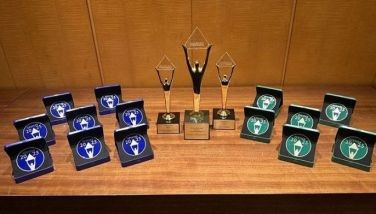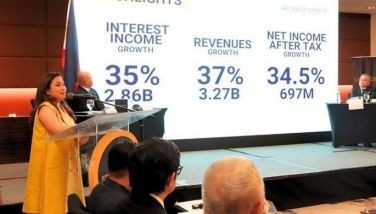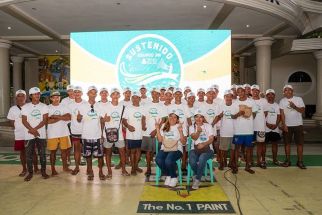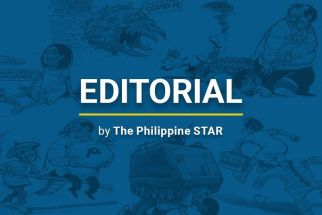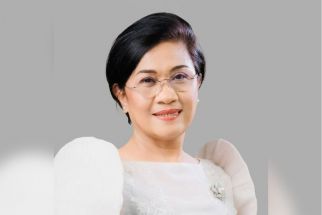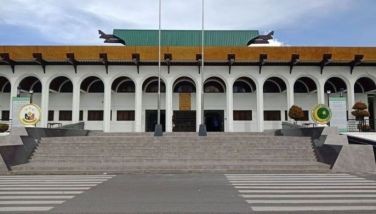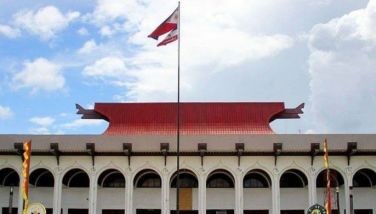The long road to EDSA

This narration is meant for today’s generation who must appreciate that the four-day EDSA People Power Revolution was the climax of years of struggle which led to Marcos fleeing the country.
The classic definition of People Power is “political pressure exercised through the demonstration of popular opinion” which ultimately forces the government into complete surrender through nonviolent means to accept political and social changes.
The Philippine People Power movement was a surprise to the rest of the world because it was rare for a dictatorship to be toppled through nonviolent means.
The road to EDSA began in 1978 with the elections for the Interim Batasan Pambansa. The Metro Manila noise barrage on April 6, 1978 was on the eve of the elections.
The opposition was led by Ninoy Aquino, who was still in jail. The Marcos political party was the Kilusan ng Bagong Lipunan (KBL) led by Imelda Marcos. The opposition party led by Ninoy Aquino was a new one called Lakas ng Bayan. Its acronym, which became its slogan, was LABAN. It became a battle cry that still resonates today as a manifestation of the Filipino fighting spirit even in the face of tremendous odds.
Today’s generation uses this battle cry without realizing that its origin began in 1978.
1978 to 1983 were years of personal sufferings and widespread social injustice. Many people who simply believed in freedom were jailed, killed or simply disappeared. At the same time, it showed the strength and dedication of a people whose commitment to freedom and justice could not be quelled by oppression and tyranny.
On Aug. 21, 1983, Ninoy Aquino was assassinated upon his return to the Philippines from exile in the United States. Before his assassination, rallies could draw attendance only from the most active and courageous sectors of the population.
During Ninoy’s wake, hundreds of thousands lined up to pay homage. On Aug. 31, his funeral procession that started at Sto. Domingo Church in Quezon City finally reached Manila Memorial Park after 11 hours. It is estimated that more than two million people lined the streets to watch the funeral procession. The people had come out in the streets as a form of homage to a martyr and as a protest to this brazen act of violence.
The stage was now set for the next phase of People Power. Protest groups started mushrooming and public demonstrations were being held not only in Metro Manila but all over the country. For example, on Fridays, Ayala Avenue became the site of a rally with yellow confetti raining down from office buildings. At first, soldiers and policemen tried to prohibit these rallies, but eventually they gave up.
The different opposition and activist groups were able to form an alliance under the leadership of Cory Aquino to jointly organize rallies. Sometime in October 1985, in a television interview, Marcos suddenly announced he was holding a snap election, purportedly to show that he still had the support of the Filipino people. That was the start of a million signature campaign to pressure Cory Aquino to announce her candidacy. Towards the end of November, presented with more than a million signatures, she reluctantly announced her decision to run.
She explained: “The will of the people was the cross I had to bear.”
The Cory Aquino-Doy Laurel ticket had no coverage except for Radio Veritas and was not allowed to hold rallies in public places by local governments. The answer to the lack of coverage was to hold dozens of rallies every day.
The rallies and the motorcades brought millions of people to the streets, church courtyards, basketball courts, street corners, school gymnasiums and any other place brave enough to host opposition rallies.
The government forces resorted to vote buying, intimidation, ballot box snatching, tampered election returns and disenfranchisement of voters in opposition bailiwicks. Volunteer watchers from the opposition groups and NAMFREL (National Citizens’ Movement for Free Elections) were beaten up. Most ballot boxes were protected by volunteers with their bodies wrapped around them until they were deposited at municipal offices.
The official Comelec count showed Marcos with a narrow lead but the NAMFREL Operation Quick Count tally showed Cory leading by a million votes.
On Feb. 9, the computer technicians at the Comelec tabulation center walked out with the computer diskettes in their hands. They announced they were protesting the manipulation of election results to favor the Marcos candidates.
On Feb. 16, the Tagumpay ng Bayan rally was held at the Luneta upon the call of Cory to protest the election results and announce a civil disobedience campaign. The crowd was estimated at more than one million.
Many meetings were held to plan the next course of action. The meeting I attended was to plan a general strike the following week. On Feb. 22, word spread that there was an attempted coup d’etat. Cardinal Sin through Radio Veritas asked the people to go to the area in front of Camps Crame and Aguinaldo to protect those who had joined the coup. That first night, there were only a few thousands, mostly from organized groups. The following day people started coming by the hundreds of thousands and then by the millions.
On the night of Feb. 24, I was in a meeting in a house in Wack Wack with a group of people that included Cory Aquino. That same night, word came that Marcos and his family had left Malacañang. The following day, at around 11 a.m. on Feb 25, 1986, Cory Aquino was sworn in as the president of the Republic of the Philippines.
The new generation must continue the legacy of EDSA.
- Latest
- Trending









